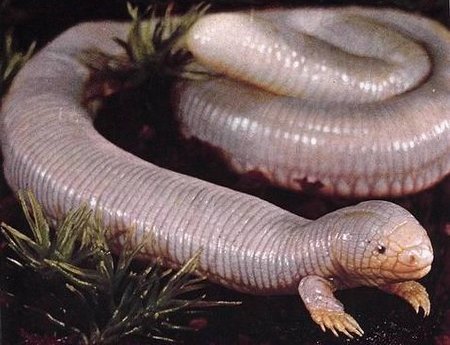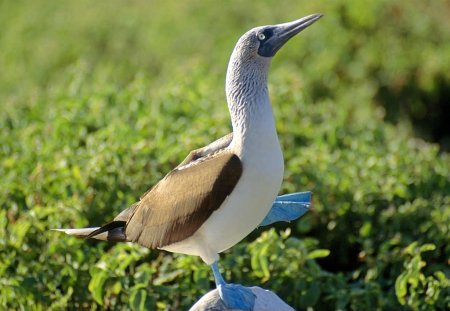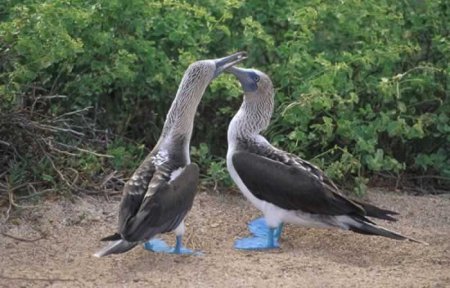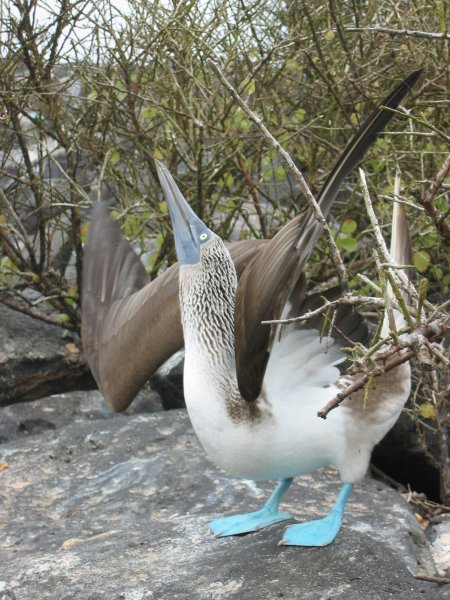The International Union for the Conservation of Nature (IUCN) is an international organisation with the aim of finding “pragmatic solutions to our most pressing environment and development challenges”. One of their most important jobs is assessing the conservation status of various species, which they categorise into one of seven categories in their Red List of Threatened Species.

Extinct (EX)
e.g. Dodo, Santa Cruz Pupfish, Cape Verde Giant Skink (799 species total)
Extinct species are those which have no living members (or only one non-pregnant member). Some species that have been considered extinct have been rediscovered.
Extinct in the Wild (EW)
e.g. Hawaiian Crow, Socorro Dove (61 species total)
Species which are Extinct in the Wild are those which live only in captivity or which exist as naturalised populations outside of their normal habitat.
Critically Endangered (CR)
e.g. Blue-throated Macaw, Clifton’s Anguola (4286 species total)
Critically Endangered species are those that face a very high risk of extinction (in the wild). CR species can be considered “possibly extinct”, a category used by BirdLife International, but not by the IUCN.
Endangered (EN)
e.g. Uluguru Dusky Grasshopper, Narcondam Horbill (6451 species total)
Species categorised as Endangered are those that will likely become extinct. Species considered Endangered are often protected by conservation laws that prevent hunting, destruction of habitats, etc.
Vulnerable (VU)
e.g. Ethiopian Banana Frog, Steelhead (10?549 species total)
Vulnerable species are those at risk of becoming Endangered if their habitats are not protected or if other risks to their survival (hunting, disease, etc.) are not mitigated.
Near Threatened (NT)
e.g. American Bison, Northern White Rhinoceros (4822 species total)
Species which are Near Threatened are those which are considered to be at risk of extinction in the near future, but which are not currently considered to be worthy of elevation to a more endangered category.
Least Concern (LC)
e.g. Humans, Cats, Dogs (32?486 species total)
Species in the Least Concern category have been evaluated by the IUCN, and do not qualify for any other categories. Put simply, they are considered to have no risk of extinction.
Data Deficient (DD) and Not Evaluated (NE)
These categories are fairly self-explanatory: either sufficient data on their populations does not exist, or data has not been collected. For obvious reasons, the number of species in these categories is very uncertain. Undiscovered or newly discovered species would fall into these categories until their discovery and/or evaluation.




